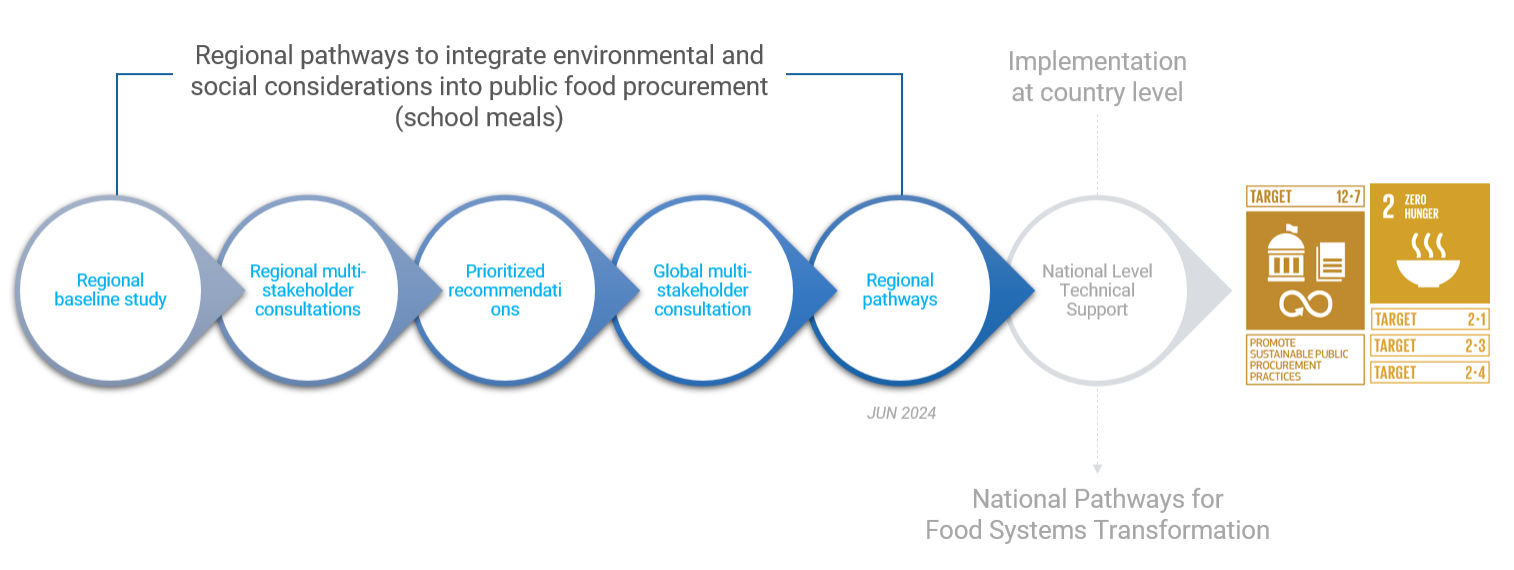Mapping Territorial Markets in Tanzania
Malnutrition in all its forms (undernutrition, micronutrient deficiency, overweight and obesity) is a major global challenge, and improving nutrition is a key priority for global development, as recognized in the UN Decade of Action on Nutrition (2016–2025) and the 2030 Agenda for Sustainable Development. In this context, ensuring availability, physical accessibility and affordability of healthy and nutritious food at territorial level is crucial to ensure the achievement of the Sustainable Development Goals (SDGs).
A number of studies show that the majority of fruits and vegetables in Low-Income Countries (LICs) are still purchased through territorial markets. Territorial markets are not only key retail outlets for fruits and vegetables, but also for animal source foods and staple foods. These trends indicate the relevance of these market outlets on a macro-level. However, data concerning the availability of the different food groups and characteristics of food retailers and consumers in territorial markets are seldom considered in national data collection systems. This publication presents a structured methodology and a series of guidelines for mapping territorial markets, as developed by the Food and Agriculture Organization of the United Nations (FAO), along with representatives of producer organizations and academics.


